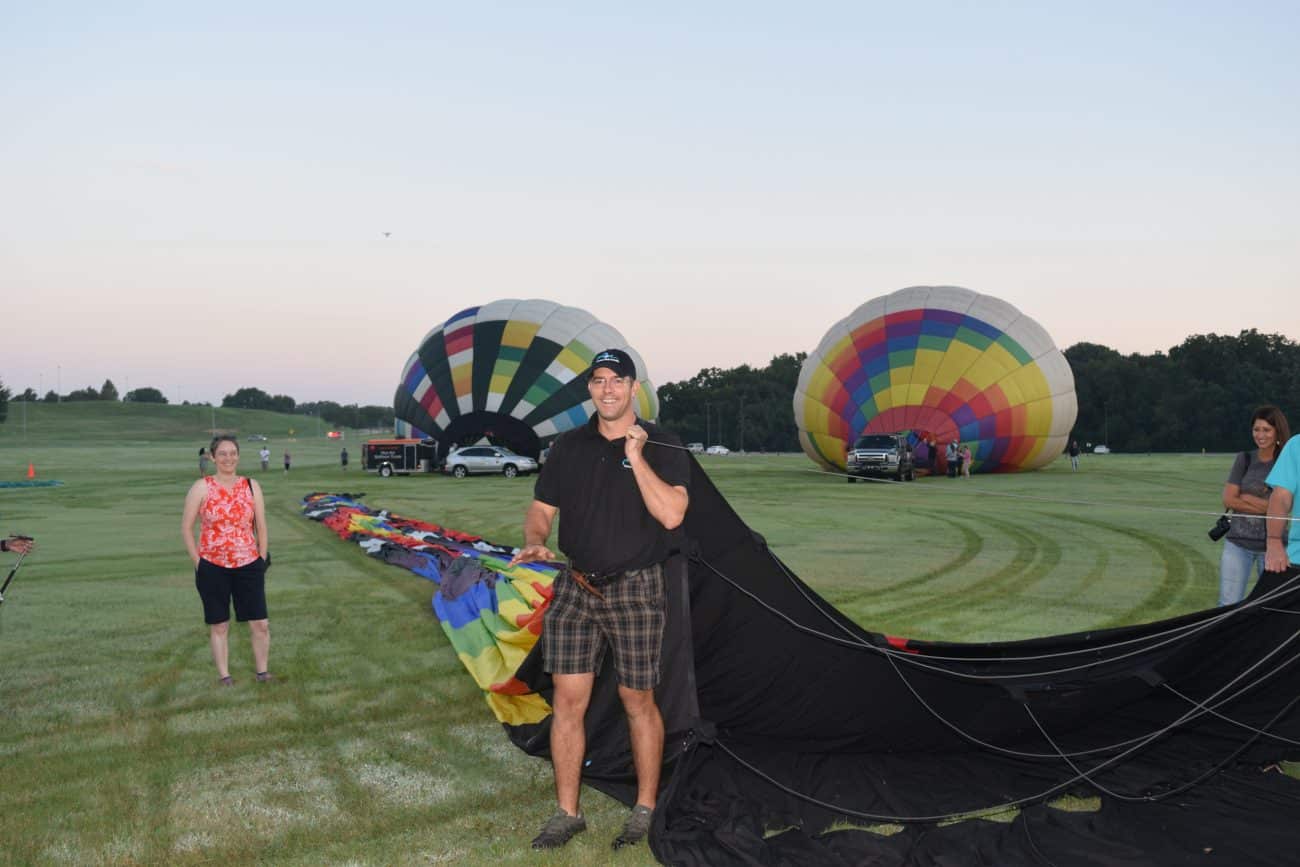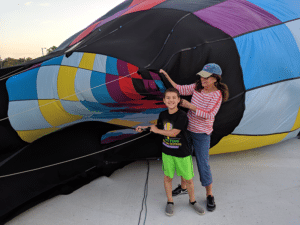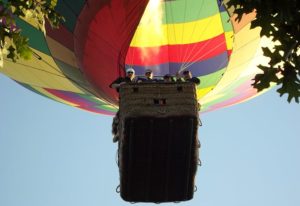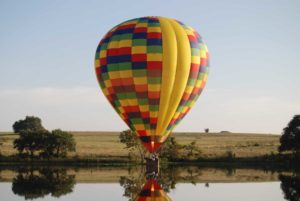Originally posted August 2016, Updated 7/9/17
POWERLINES. POWERLINES. POWERLINES. They are too important of a focus within ballooning to only say the word once. Fatal balloon accidents are very rare. Over the past 50 years, there have only been 70 fatalities in hot air balloons in the United States, according to the NTSB. Of those accidents, powerline strikes have been the cause of many. Therefore, powerline avoidance is the highest priority for every balloon pilot.
Ensuring Hot Air Balloon Safety
Accidents occur in every walk of life, in every activity, and hot air ballooning is no different. However, balloons are inherently safe compared to other unique activities, especially within the aviation realm. Often, balloon accidents begin with pilot error, poor judgment, or lack of focus. Most accidents can be avoided by adhering to certain hot air balloon safety practices.

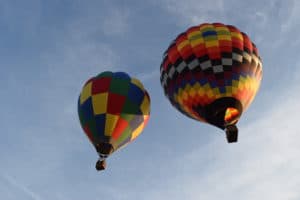
There are 4 essential ways to help ensure hot air balloon safety:
1. Preparation/Weather check: The first pre-flight activity is a thorough weather analysis. This is the most important part of the pre-flight activities, as safe and stable weather conditions are a must-have in order to launch a hot air balloon. Poor visibility due to fog or low clouds, convection, air turbulence, and wind speeds that are too high or gusty are all conditions that would ground a balloon flight from launching. We occasionally have passengers argue with us about the weather conditions when we cancel a flight due to unsafe conditions. This does not sway our decision making, and in some cases results in our refusal to fly some of those passengers. Since we do not charge payment prior to the flight, it is in our best interest to fly if the weather is safe. We never risk our passengers safety by flying in adverse conditions. As the captain of the ship, passenger safety is the primary responsibility of the pilot in command.
Preparation also includes making sure the equipment is maintained and ready for flight; all equipment has been safety-checked before liftoff, tanks and inflator fans have been refueled, radios charged, and all tools for the flight are available and in perfect working condition. Briefing the passengers about what to expect, and what is expected of them is also part of the pre-flight preparation. I am also a very big proponent of having extra fuel on hand for each flight in order to avoid risking a shortage of fuel at the end of a flight.
2. Focus: Focus is a safety attribute that can be overlooked, as it may seem obvious. A hot air balloon pilot’s focus should cover all aspects of the balloon operation, such as fuel management, balloon maneuvering, weather awareness, passenger behavior, navigating to a landing site, and being aware of surroundings at all times. Focus is maintaining concentration toward the most important task at hand, flying the balloon, even when outside stimulus can distract a pilot’s attention. Focus during a flight is a state of mind that is learned, which brings us to our next safety topic…
3. Experience: There is no substitute for experience. Any pilot can make mistakes, however, a pilot’s proper training and experience can be a tremendous asset to hot air balloon safety. Rohr Balloons policy is always safety first. We takes this very seriously and we call on our vast experience to make important decisions during each and every flight based on this policy first and foremost. This ensures a safe and very enjoyable flight experience for all of our passengers.
4. FAA Requirements: Balloons and balloon pilots are regulated by the FAA, as are pilots of other aircraft such as fixed wing and rotor wing. One difference in regulation is the lack of a Medical Certificate requirement for balloon pilots. A “Medical” is a thorough examination by a designated medical examiner that investigates a pilot’s physical, mental, neurological, and cardiovascular condition, as well as drug/alcohol dependency or abuse. I expect that we will soon see a requirement to hold a current 2nd class medical certificate in order to practice the commercial pilot privileges for LTA. It is my opinion that this would be a very good step to protect passengers from flying with pilots that are not in the necessary shape to safely operate a hot air balloon commercially.
*Update 7/9/17 – Senator Cruz submitted a bill to require all commercial hot air balloon pilots to pass a 2nd class medical check in order to fly passengers commercially. The purpose of this bill is to help keep the national airspace safe. I will update this blog post if it becomes law.
The bottom line is that passengers’ safety should be any pilot’s highest priority! I invite you to come fly with us!
Soft Landings,
Brian Rohr

